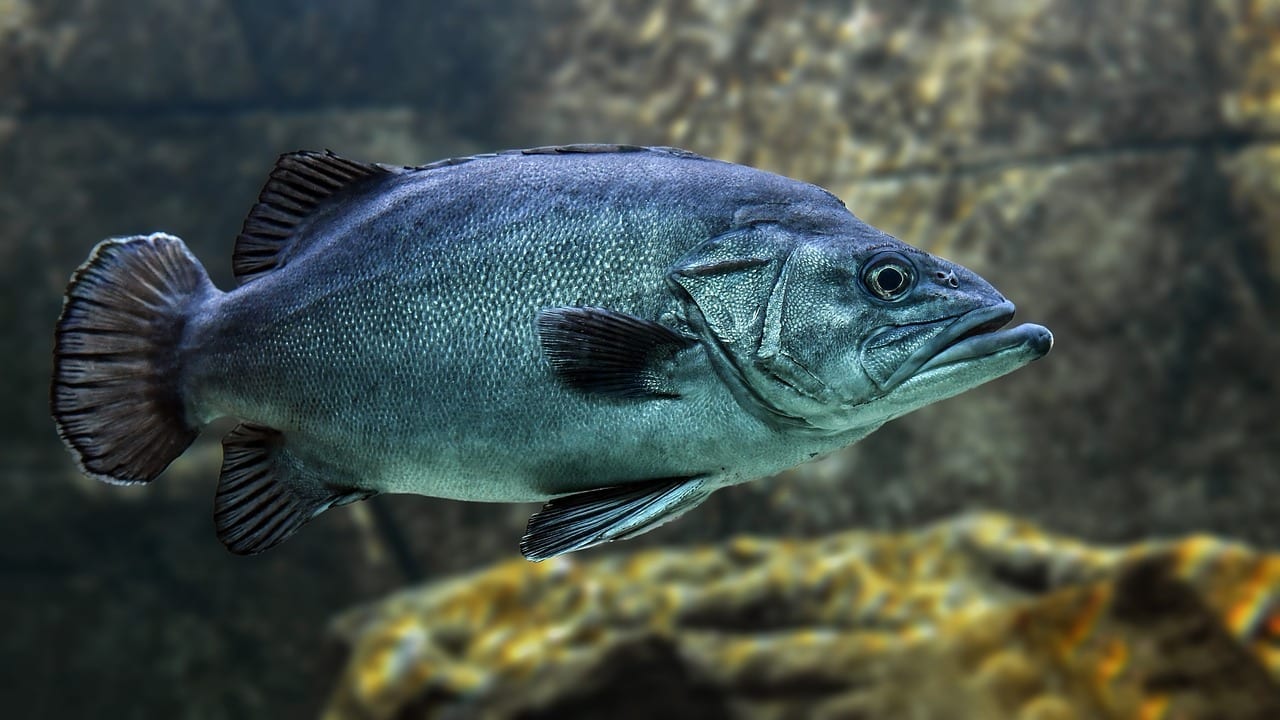Hello to all oyster gardeners, Thanks for your numerous questions and patience regarding the initial results from the shellfish reef restoration trials we are conducting in Pumicestone Passage. The University of the Sunshine Coast has now released their results from the first fish counting trial which forms part of the shellfish reef performance monitoring process. Using underwater cameras to count fish, results were compared against baseline fish counts that were done prior to the reefs going in.
Overall, the number of fish in the area where the restoration activities occurred was double that seen prior to reef deployment. The number of fish species also doubled, showing the reefs had a positive effect on biodiversity as well as fish numbers. After 6 months, around 20 different species of fish were observed inhabiting the trial reef area, including several species familiar to recreational fishers, such as yellowfin bream, Moses perch, ludrick, silver biddy, silver trevally, happy moments, butterbream, summer whiting and toadfish. A variety of other reef-associated species were also observed, including beaked coralfish, Bengal sargentfish, blacksaddle goatfish, cardinalfish, Fanbelly leatherjacket, Gunthers wrasse Rainbow monocle bream bald spot monocle bream stripey, striped grunter Yellowfin tripodfish.
Several reef designs are being trialled, with the results suggesting that on average most fish were aggregating around biodegradable potato starch reefs (BESE reefs), however similar abundances of fish were observed around some (but not all) of the patch reefs formed from recycled oyster shells topped with live shellfish from Bribie’s oyster gardening initiative.
Results so far also suggest the highest fish species richness (greatest number of fish species) was also recorded over one of the patch reefs topped with live shellfish from oyster gardens. This is great news for oyster gardeners – nice to know all that effort that was put in to tend the live oysters has paid off! These initial results are preliminary and the surveys will be repeated every 6 months for the next few years to determine how trends in fish numbers vary over time.
Surveys of invertebrates and settlement of baby oysters on the reefs are also planned to determine if the reefs can become self-sustaining over time and whether they are indeed boosting the supply of small fish, crabs and shrimp which act as food items for local fish stocks.
Thanks to University of the Sunshine Coast and Healthy Land and Water for supplying the survey results, and thanks to all oyster gardeners, OzFish Unlimited volunteers and local community supporters for their continued efforts in recycling even more oyster shells at Ningi Tip, which we hope will be placed into the water this coming summer to further boost fish numbers. The table below: Fish species observed to be associated with trial shellfish reefs in Pumicestone Passage (Data from University of Sunshine Coast).

Other Articles
https://thebribieislander.com.au/fishing-report-tide-times-bribie-island-august-2018/
